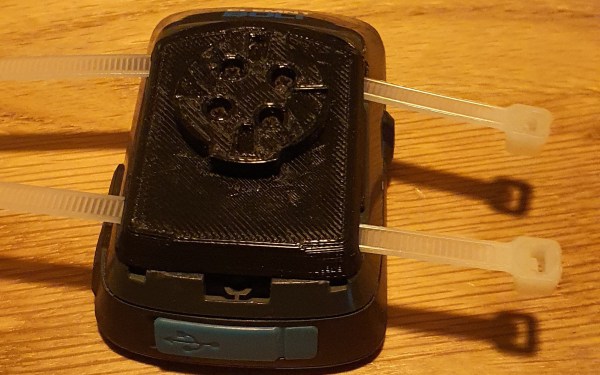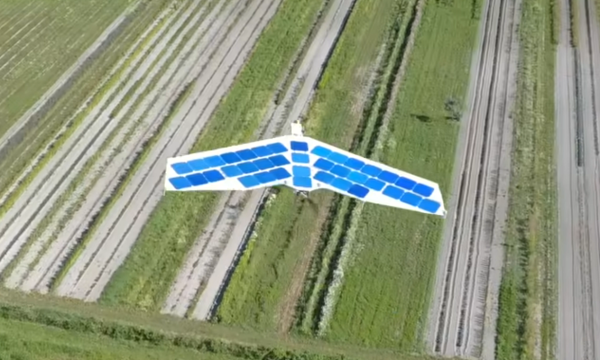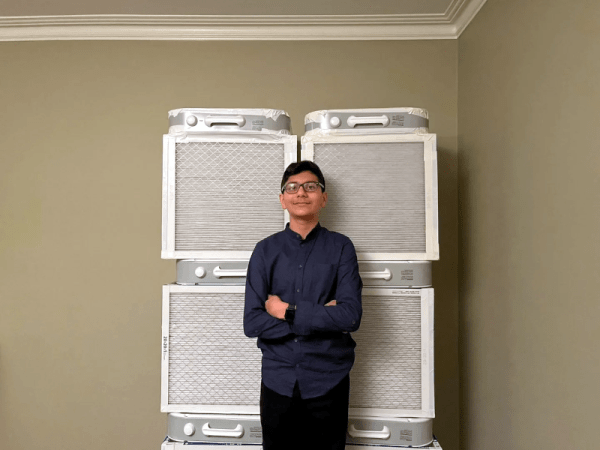For readers in the American Northeast that are looking for something to do this weekend, may we humbly suggest a day trip to attend the 2022 Philadelphia Maker Faire on Saturday, October 15th. After taking the last two years off due to COVID-19, the event has moved to the Independence Seaport Museum for its grand return, and is sure to attract plenty of hackers and makers who are eager to show off their pandemic projects.
Of course, the nature of these events is that you never really know what you’re going to see until you actually get there. But just browsing the list of confirmed projects that will have dedicated tables set up, we can tell there’s some very interesting stuff on tap — from fighting robots and hologram printers, to plasma physics and electric hydrofoils. While the deadline to submit projects for official inclusion has long since passed, we can tell you from experience that’s not going to stop folks from showing up with their own gadgets to show off to the captive audience. Especially if they’re of the wearable variety; it’s not really a Maker Faire unless somebody is wearing something that’s blinking.

Naturally the Faire itself is obviously the main event, but don’t forget that the Independence Seaport Museum itself is worth checking out while you’re there. You can tour the 130-year-old USS Olympia, as well as the USS Becuna, one of the last surviving WWII Balao-class submarines.
While the community might never truly recover from the loss of the flagship Maker Faires in New York and California, we do take some comfort in knowing that smaller regional shows like this one have been growing over the last few several years. They’re not only a great way to connect with like-minded folks in your area, but can help you connect with maker-friendly vendors and organizations which you might otherwise be unaware of.



















